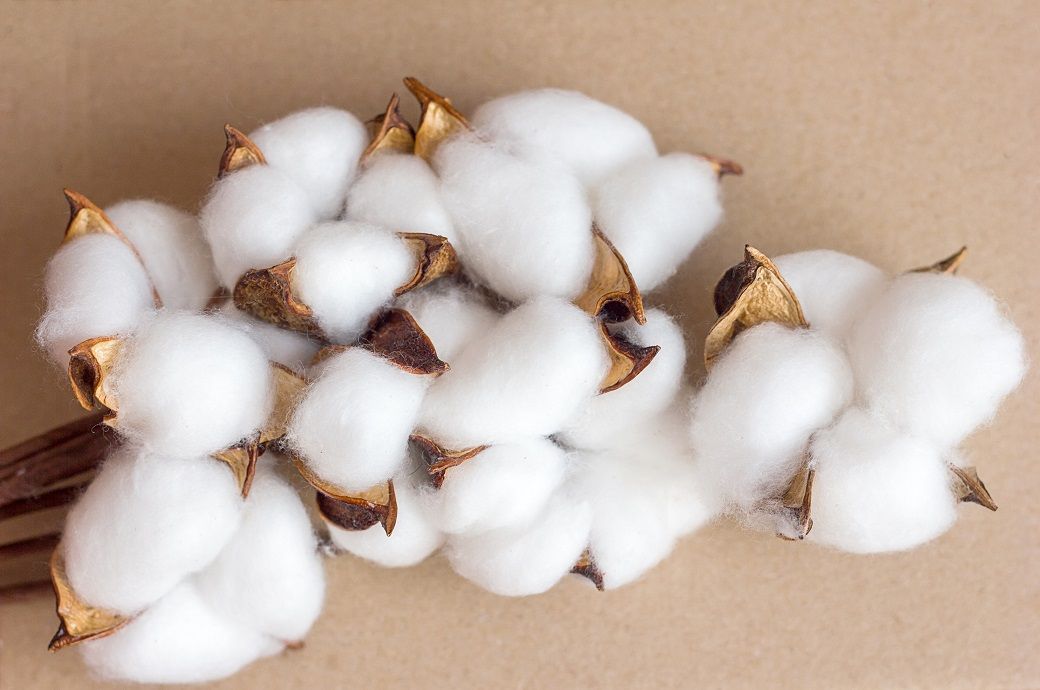
The US cotton industry continues to navigate an environment characterised by increased production costs, slumping consumer demand, and supply chain disruptions. “The NCC projects 2023 US cotton acreage to be 11.4 million acres, 17.0 per cent less than 2022,” Dr. Jody Campiche, the NCC’s vice president, economics and policy analysis, said in her analysis of the NCC Annual Planting Intentions survey results.
While production costs remain elevated, cotton harvest-time futures prices are currently 16.5 per cent less than a year ago and the prices of most competing commodities are relatively unchanged. The current economic signals are reflected in the 2023 survey results as many growers indicated a shift away from cotton to other competing commodities.
Using five-year average abandonment rates along with a few state-level adjustments, Cotton Belt harvested area totals 8.8 million acres for 2023 with a US abandonment rate of 22.6 per cent. Using the five-year average state-level yield per harvested acre generates a cotton crop of 15.7 million bales, with 15.2 million upland bales and 466,000 extra-long staple (ELS) bales.
Campiche said world production is estimated to increase slightly to 115.9 million bales in 2023-24 due to an increase in harvested acreage. Overall, the outlook for world cotton demand for the 2023-24 marketing year takes on a more positive tone as compared to 2022-23 with the expectation of improving global economic conditions. For the 2023-24 marketing year, world consumption is projected to increase by 4.7 per cent to 116.1 million bales. The removal of COVID-19 restrictions in China should provide a boost to cotton consumption in 2023. The International Monetary Fund has projected an increase in China’s growth rate from 3.0 per cent in 2022 to 5.2 per cent in 2023. With expanded consumption in key importing countries, world trade is projected to increase to 44.2 million bales in 2023-24.
Regarding domestic mill cotton use, the NCC is projecting an increase in US mill use to 2.3 million bales during the 2023-24 marketing year. As one of the largest markets for US cotton, US mills continue to be critically important to the health of the cotton industry. In the face of rising textile imports from Asian suppliers, the US textile industry has focused on new investment and technology adoption in order to remain competitive. Preserving important trading arrangements in the Western Hemisphere is also critical to the US textile industry’s health.
A projected increase in world consumption for the 2023-24 marketing year along with a larger US supply results in a higher US export projection as compared to 2022-23. When combined with US mill use, total offtake is lower than expected supply, and ending stocks are projected to increase to 5.3 million bales. World ending stocks are projected to decline slightly in the 2023-24 marketing year to 89.9 million bales, resulting in a stocks-to-use ratio of 77.5 per cent.
The current economic outlook for the US and global economies should be viewed with caution as several downside risks are present. Continued impacts of tighter monetary policy, high inflation, the Russia-Ukraine war, potential for severe COVID-19 health impacts in China, geopolitical tensions, currency pressures in key importing countries, and slower economic growth could affect cotton demand in 2023 and put downward pressure on cotton prices.
ALCHEMPro News Desk (NB)
Receive daily prices and market insights straight to your inbox. Subscribe to AlchemPro Weekly!